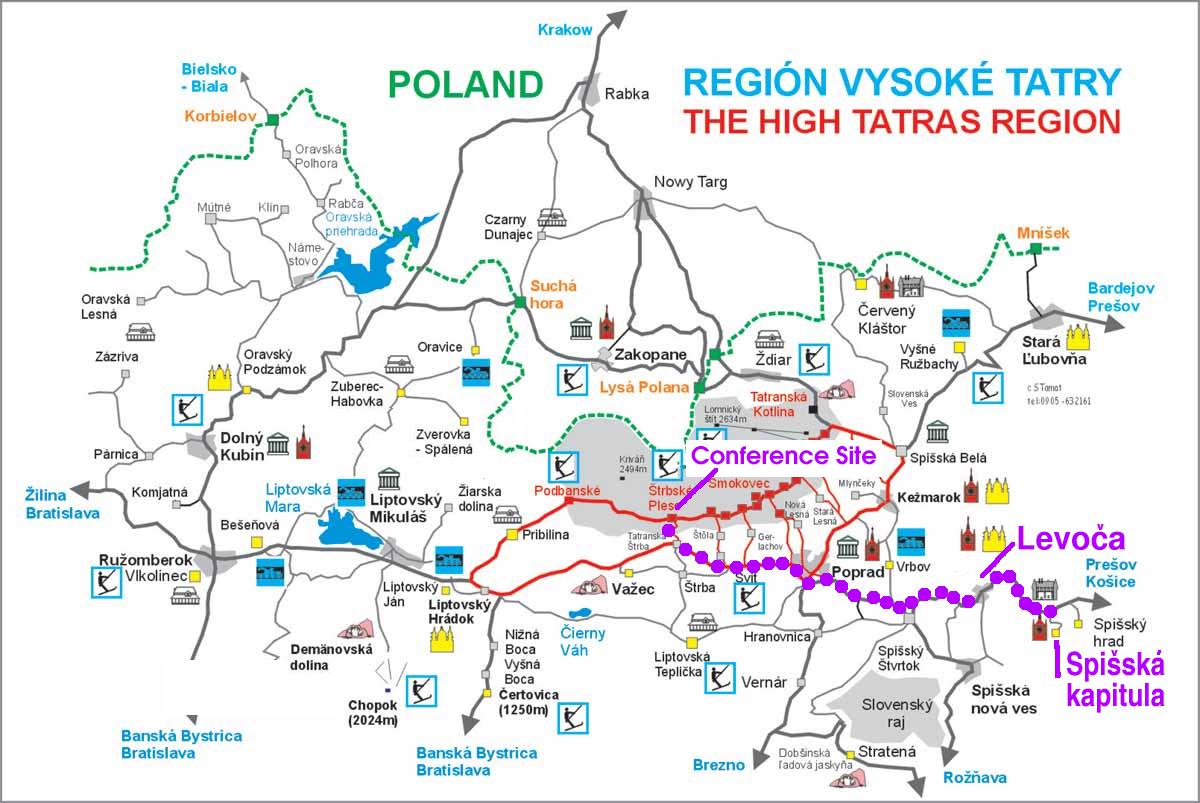


It was proved that the town and its surroundins were settled in the New Stone Age. The old Levoča was situated on the left side of the road from Levoča to Spišská Nová Ves, where the archaeologists excavated the foundations of a Roman church, the size of which was quite respectable: it is 23.5m long, the width of the nave is 12m and the apse is over 8m. It was the Church of St. Nicholas dating back to the 11th-12th century. The next large settlement, or a little town and a rotund church from the 11th century are situated next to what is now Košická Gate. When in the 12th century, and also after Tatar Raid in 1241, the German colonists arrived in Levoča, they found the original settlements - the little towns which, with their own new dwellings, became the foundation of the present town.
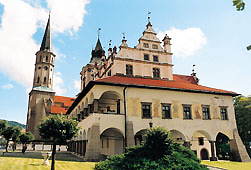
|

|
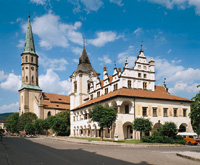
|
The town of Levoča used to be surrounded by the well - preserved Town-Wall, which was rebuilt several times. The architecture of the burghers' houses in the square was changing from Gothic to Renaissance, as we know it now. Due to the fires, only the remains of the Gothic house have been preserved and they are discovered during the reconstructions. The Town Hall is built in Renaissance style, too. Religious brotherhoods, and especially churches, were the centers of spiritual culture. The most important were: the Church of St. Nicholas, Holy Spirit, St. John and probably the Church of St. Elizabeth, too. But the most significant of them is the church of European importance, the Church of St. James (Jacob). It is one of the largest gothic churches in Slovakia and is still used daily by worshippers for religious services and it has been in use as the main church of this former free Royal Town of Levoča for over 700 years.
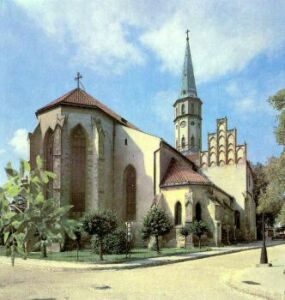
|
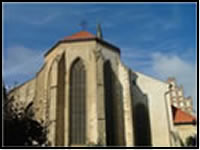
|
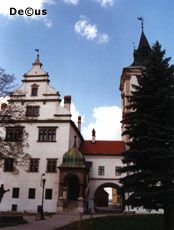
|
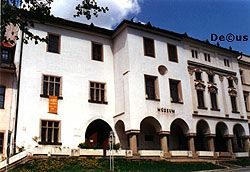
|

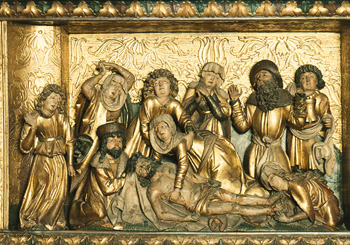
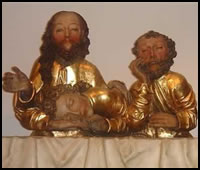
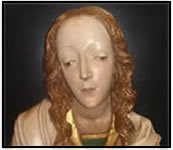


 ` `
|
In the last century of this millenium the town becomes administrative center of district and later county importance. It is also a town of schools. Still its most impressive treasure is its heritage - artistic. They were why the town has become historical reservation in 1950. Life is coming back to the restored historical buildings thanks to the restorers - artists and skillful craftsmen. In the stylish buildings, there are new centers of social, cultural and economic life of the town.